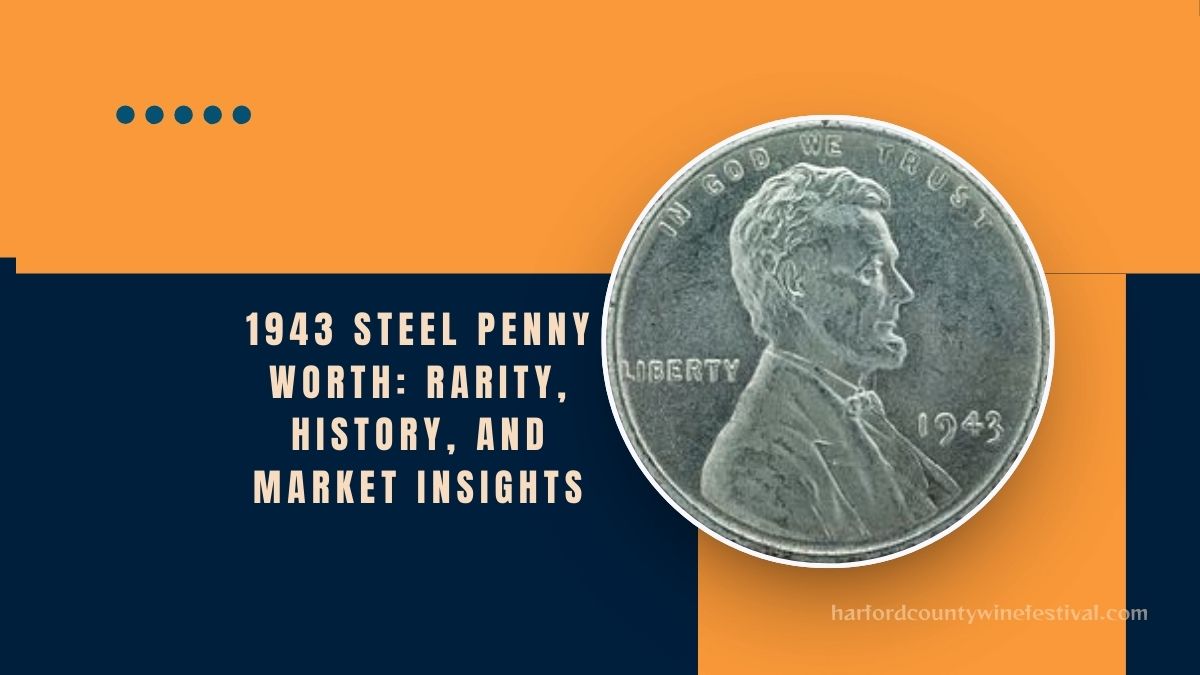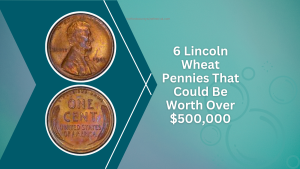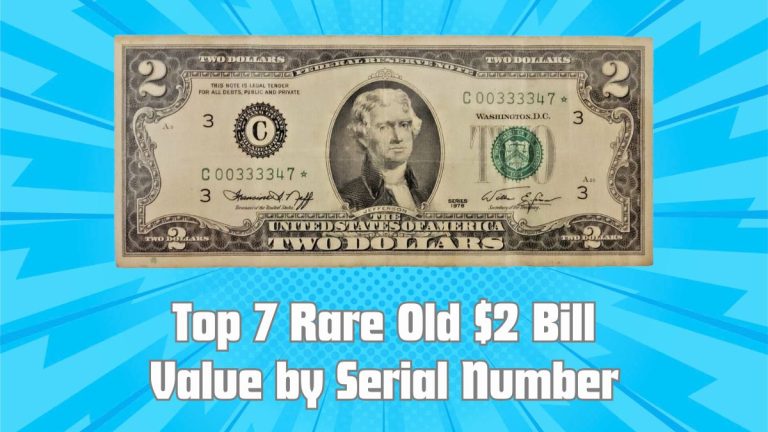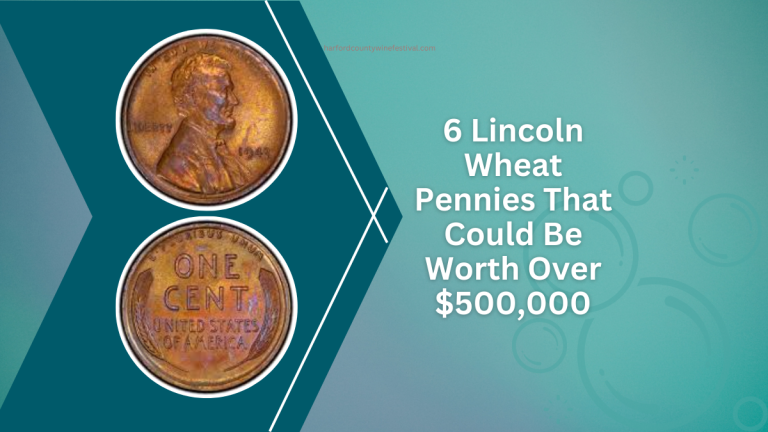Curious about your 1943 steel penny? This article dives deep into the fascinating world of the 1943 steel penny, exploring its historical significance, rarity, and current market value. Whether you’re a seasoned collector or just stumbled upon this intriguing coin, understanding its worth could lead to exciting opportunities!
| Section | Details |
|---|---|
| 1. What is a 1943 Steel Penny? | Introduction to the 1943 steel penny |
| 2. Why is the 1943 Steel Penny Valuable? | Factors affecting value |
| 3. How Rare Are 1943 Steel Pennies, and How Many Were Produced? | Production numbers and rarity |
| 4. What Are the Different Types of 1943 Steel Pennies? | Varieties and errors |
| 5. How to Identify a 1943 Steel Penny? | Identification tips |
| 6. What is the Current Market Value of a 1943 Steel Penny? | Value estimation |
| 7. How to Sell Your 1943 Steel Penny? | Selling options |
| 8. FAQs | Common questions and answers |
What is a 1943 Steel Penny?
The 1943 steel penny, officially known as the 1943 Lincoln steel cent, marks a unique period in American minting history. During World War II, copper became a vital resource for the war effort, leading the United States Mint to produce pennies using a steel core coated with zinc. This decision created a distinct coin that collectors value today.
The 1943 steel penny holds historical significance due to its use of an alternative metal during wartime. Although it was initially criticized for its appearance and tendency to rust, it has become a staple in coin collections due to its rarity and unique characteristics.
Why is the 1943 Steel Penny Valuable?
The value of a 1943 steel penny is influenced by several factors, including its condition, mint mark, and rarity. Coins that survived in pristine condition are worth much more than those showing wear and tear. Collectors often seek the finest examples for their collections, driving demand and prices higher.
Key Factors Affecting Value:
- Condition: Coins in excellent condition with minimal wear are more desirable.
- Mint Mark: The presence of a mint mark (Philadelphia, Denver, or San Francisco) affects the value significantly. For example, San Francisco minted pennies are rarer and command higher prices.
- Rarity: Unique errors or repunched mintmarks further increase a penny’s value.
How Rare Are 1943 Steel Pennies, and How Many Were Produced?
Although over a billion steel pennies were produced in 1943, they hold special appeal for collectors due to their unique composition and historical context. The transition from copper to steel was a wartime necessity, making these coins symbolic of a significant era in American history.
Despite their abundance, collectors prize 1943 steel pennies for their distinctive characteristics and the stories they tell. The rarity of specific types, like the 1943-D/D repunched mintmark variety, significantly enhances their value. Only about 3,000 to 5,000 examples exist in all conditions, making them exceptionally sought after.
What Are the Different Types of 1943 Steel Pennies?
Various types of 1943 steel pennies exist, each holding different values. The standard steel cent, made of zinc-coated steel, typically fetches lower prices than its rare counterparts. However, specific errors, such as the 1943 copper penny—mistakenly struck on a copper planchet—can be worth thousands due to their extreme rarity.
Key Types:
- Standard Steel Penny: Common and has zinc-coated steel.
- 1943 Copper Penny: Extremely rare and valuable due to a production error.
How to Identify a 1943 Steel Penny?
Identifying a 1943 steel penny is relatively straightforward. First, examine the coin’s color; it should have a shiny, silver appearance due to its zinc coating. Next, use a magnet to test the coin; genuine 1943 steel pennies will attract to a magnet, while copper coins will not.
Additionally, checking for the date and mint mark is essential. The date should clearly read “1943,” and the mint mark (if present) will be located on the reverse side, just below the “ONE CENT” inscription.
What is the Current Market Value of a 1943 Steel Penny?
The current market value of a 1943 steel penny varies significantly based on its condition and rarity. Generally, a well-circulated steel penny might be valued at around 10 to 20 cents. At the same time, those in better condition can fetch anywhere from a few dollars to hundreds, depending on their specific attributes.
Notable exceptions exist, particularly for error coins. For instance, the rare 1943 copper penny, when identified, can be worth tens of thousands of dollars.
How to Sell Your 1943 Steel Penny?
When it comes time to sell your 1943 steel penny, several avenues exist. You can approach local coin dealers, like Accurate Precious Metals, who specialize in buying and selling rare coins. They typically provide fair market prices based on current demand and grading.
Alternatively, consider online platforms or auction sites where collectors actively seek specific coins. Ensure you take clear photographs and provide detailed descriptions to attract potential buyers. Engaging with the collector community can also lead to better selling opportunities.
The 1943 steel penny is a unique and historically significant coin that continues to captivate collectors. Despite being produced in large quantities, specific varieties and errors make them highly sought after, with values ranging from modest amounts to substantial sums for rare examples. Whether you’re starting your collection or refining it, understanding the nuances of these pennies enhances their appreciation and potential value.
FAQs
Are all 1943 steel pennies valuable?
No, while some 1943 steel pennies are highly valuable, the majority are relatively common and only worth face value unless in excellent condition or featuring errors.
What makes the 1943 copper penny so rare?
Only a small number of 1943 copper pennies were accidentally struck due to leftover 1942 planchets, making them extremely rare and valuable.
How can I ensure my 1943 steel penny is genuine?
Use a magnet to test for steel content and examine the condition and mint mark to verify authenticity.







